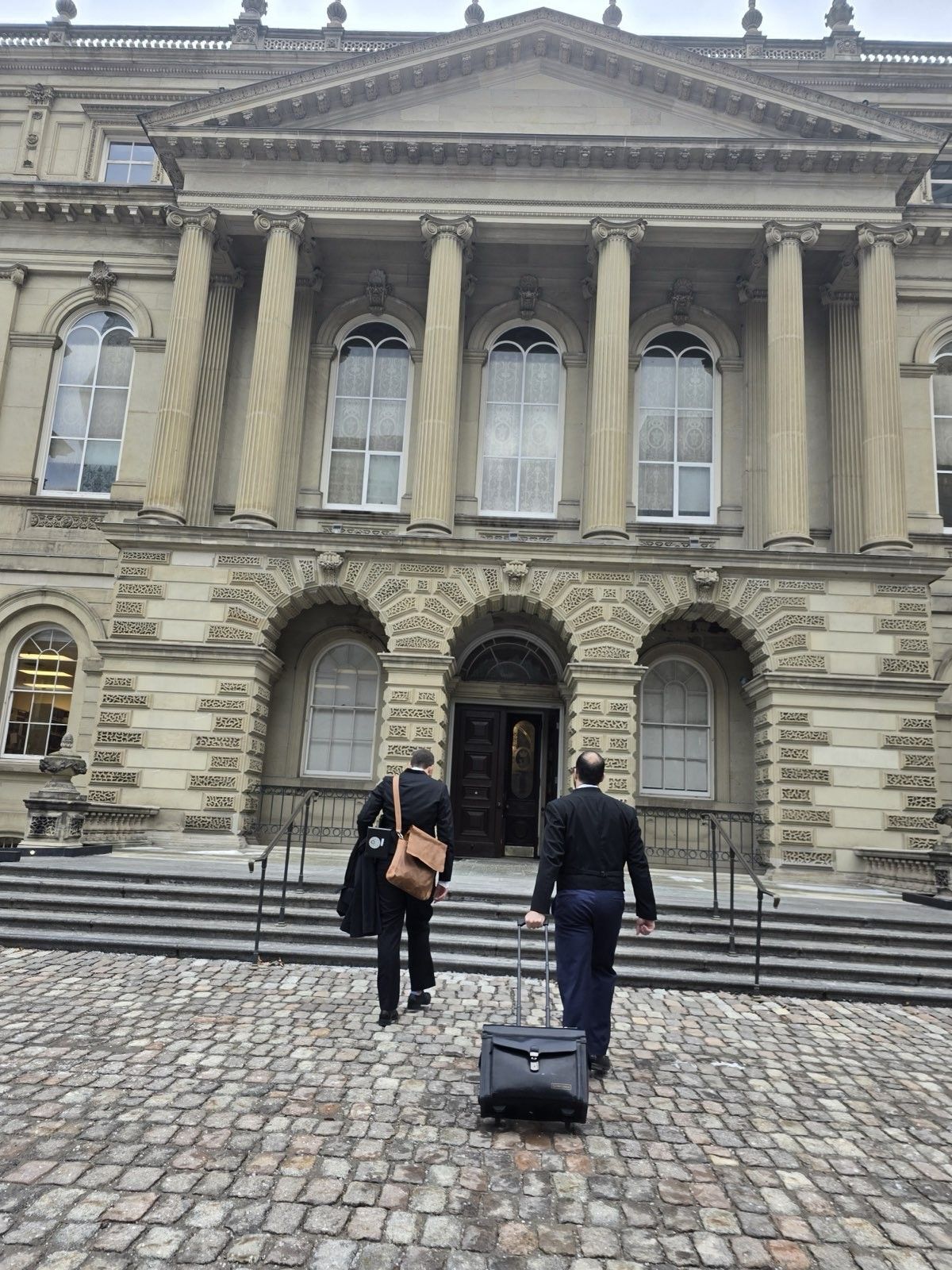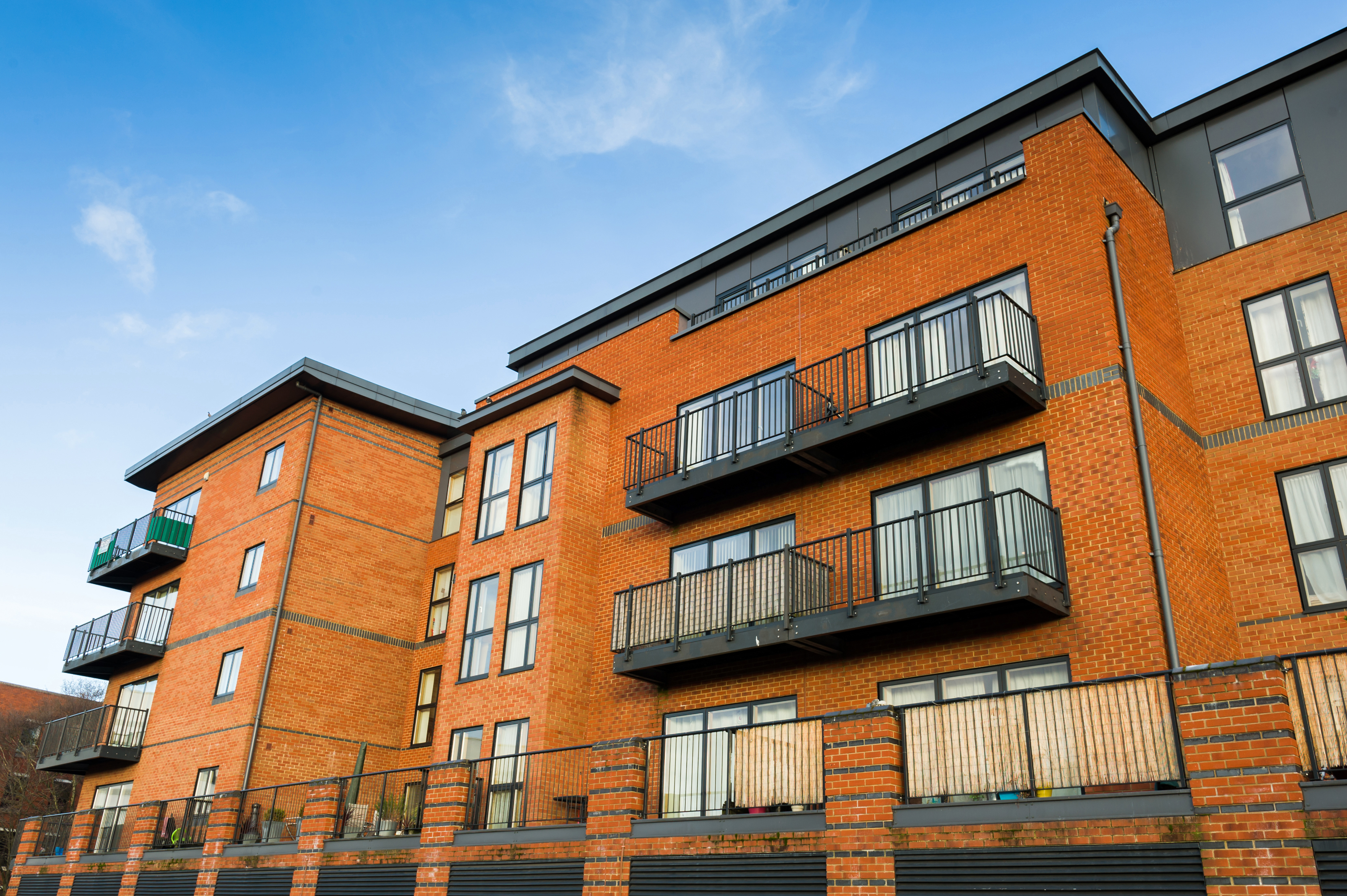On June 20, 2025, the Ontario Court of Appeal released its decision in Stamford Kiwanis Non-Profit Homes Inc. v. Municipal Property Assessment Corporation, 2025 ONCA 450 (CanLII), overruling its 1998 decision in The religious hospitallers of St. Joseph Housing Corp. v. Regional Assessment Commissioner, 1998 CanLII 2943 (ON CA).
NextGenLaw LLP represented Stamford Kiwanis Non-Profit Homes Inc. (“Stamford Homes”) in its quest for property tax relief. Stamford Homes brought an application to Superior Court claiming relief under subparagraph 3(1)12(iii) of the Assessment Act, RSO 1990, c A.31. That provision exempts land “owned, used and occupied by any charitable, non-profit philanthropic corporation organized for the relief of the poor if the corporation is supported in part by public funds.”
Stamford Homes owns and operates three apartment buildings in Niagara Falls for low-income tenants. It offers most of its over 100 units on a rent-geared-to-income basis, meaning that the tenants pay no more than 30% of their income. The average income of the tenants is under $25,000 per year.
The Municipal Property Assessment Corporation (“MPAC”) and the City of Niagara Falls agreed that Stamford Homes owned, used and occupied the properties, that Stamford Homes is a charitable, non-profit philanthropic corporation, that Stamford Homes is supported by public funds, and that the tenants were poor. The only part of the provision contested by MPAC and the City was whether Stamford Homes was “organized for the relief of the poor”.
While it may seem obvious that a corporation whose only activity is to provide affordable housing to poor people is organized for the relief of the poor, MPAC and the City were relying on Religious Hospitallers, where the Court of Appeal held that “some form of endeavour” was required to meet the statutory test.
In Stamford Kiwanis Non-Profit Homes Inc. v. Municipal Property Assessment Corporation, 2022 ONSC 6392 (CanLII), Justice Bordin denied Stamford Homes tax relief because he could not distinguish Religious Hospitallers. However, Justice Bordin expressed some doubt about Religious Hospitallers, at paragraph 57:
…no case was provided to the court that expressly follows the conclusions and the distinctions drawn in Religious Hospitallers with respect to the meaning of “organized” and the requirement for “endeavour”. None of the other authorities drawn to this court’s attention put so as fine a point on “organized for the relief of the poor” as Religious Hospitallers.
Stamford Homes appealed to Divisional Court, which denied the appeal in Stamford Kiwanis Non-Profit Homes Inc. v. Municipal Property Assessment Corp., 2023 ONSC 6625 (CanLII). Justice Schabas wrote concurring reasons to the majority where he raised concerns about Religious Hospitallers. He stated, at paragraph 85, that “the decision in Religious Hospitallers… compelled the outcome. In my view, that decision needs to be revisited.”
Stamford Homes applied for leave to the Court of Appeal and was granted leave to appeal to a five-judge panel to consider overruling Religious Hospitallers. That appeal was heard on February 4, 2025, and in a decision issued on June 20, 2025, the Court unanimously decided that Religious Hospitallers was wrong and should be overruled.
Justice Pepall wrote for the unanimous Court. She accepted the four reasons that NextGenLaw LLP put forward as to why Religious Hospitallers was wrong.
First, the Court accepted that Religious Hospitallers failed to apply the modern interpretive lens to its interpretation of the Act. The Supreme Court of Canada, in Québec (Communauté urbaine) v. Corp. Notre-Dame de Bon-Secours, 1994 CanLII 58 (SCC), held that taxation statutes have both revenue raising and social policy goals and should not be read with just one of those dual goals in mind. In Religious Hospitallers the Court did not cite Notre-Dame, instead saying that the only purpose of the Act is to raise revenue.
Justice Pepall held, at paragraph 58 of Stamford Homes, that “Recognition of a dual purpose would inform whether the limiting requirement of an endeavour was in keeping with the purpose of the provision.”
The Court also found that Religious Hospitallers was wrong because it failed to properly consider and apply two binding precedents that would have changed the outcome.
The first case that Religious Hospitallers did not properly apply was Assessment Commissioner (Stouffville) v. Mennonite Home Association, 1972 CanLII 9 (SCC). That case involved a corporation that was providing subsidized housing with public funds, and the exemption was granted by the Supreme Court of Canada. The Court in Religious Hospitallers cites Mennonite Homes, but did not apply its facts. Justice Pepall held, at paragraph 65: “In sum, it would appear that there is little distinction between Religious Hospitallers and the majority in Mennonite Home other than the result.”
The other case that Religious Hospitallers did not cite or apply was City of London v. Byron Optimist Sports Complex Inc. (1983), 23 M.P.L.R. 10 (Ont. C.A.). That case involved a sports facility in an area that lacked them. The Court of Appeal denied relief saying that “there must be an element of economic deprivation or need, the relief from which is a part of the purpose of the institution claiming the exemption.”
At paragraph 68 of Stamford Homes, Justice Pepall said “I agree with the appellant that had the court in Religious Hospitallers applied the dictates of Byron Optimist and Mennonite Home, it is unlikely that the same result would have ensued.”
The third reason that Religious Hospitallers was wrong is that the test it adopted undermines legislative intent. The Court in Stamford Homes found, at paragraph 72, that the endeavour requirement does not align with the purpose of the provision, which is to provide tax relief to those serving the poor.
The fourth, and final, argument was that the test imposed was vague and unworkable. Justice Pepall, at paragraph 74 of Stamford Homes noted the different interpretations by the judges in the Divisional Court here and said: “this disagreement reflects the uncertainty and unworkability associated with the introduction of an endeavour requirement.”
While the Court in Stamford Homes agreed that Religious Hospitallers was wrong, that was not enough to overrule a decision. There is a two steps process to overrule a Court of Appeal precedent. As noted at paragraph 75 of Stamford Homes, the second step “engages a weighing of the advantages and disadvantages of correcting the error reflected in that precedent.”
NextGenLaw LLP argued that Religious Hospitallers was an anomaly in the jurisprudence, that it has not been applied, and that it rests on an unstable foundation. MPAC and the City argued that Religious Hospitallers should not be overruled because of tax consequences that may flow to the tenants if Stamford Homes were exempt and because the only effect of an exemption would be to move the tax burden from one level of government to another.
The Court in Stamford Homes found that Religious Hospitallers rested on an unstable foundation. The Court reviewed a number of cases and held, at paragraph 86 of Stamford Homes:
A review of the jurisprudence on s. 3(1)12(iii) supports the conclusion that Religious Hospitallers has largely been ignored as an authority for about 25 years, and the soundness of its holding has been questioned by lower courts. The interpretation reached and its evident impact detract from the purpose encapsulated in the exemption provision. The objective is humanitarian in nature: to aid charitable, non-profit philanthropic corporations organized for — or put differently, aimed at — the relief of the poor. Religious Hospitallers impedes this objective through the introduction of a requirement divorced from both the text of the statute and its purpose. It is better to correct the error now with a view to providing clarity and consistency in the law.
Justice Pepall then states that the test form Byron Optimist is the proper test to apply: “there must be an element of economic deprivation or need, the relief from which is a part of the purpose of the institution claiming the exemption.” However, at paragraph 89 of Stamford Homes she adds that “an applicant would still have to establish that the primary use of the property for which the exemption is sought is to pursue relief of poverty.”
This means that applicants under subparagraph 3(1)12(iii) of the Act must show that at least part of their purpose is the relief of poverty and that the property they are applying to exempt from taxation is primarily used to relieve poverty. This is a far more accessible standard than the “some form of endeavour” test set in Religious Hospitallers.
NextGenLaw LLP fought to get Stamford Homes tax relief and, in the process, convinced the Court of Appeal to adopt a new, more accessible legal test.
.png)

